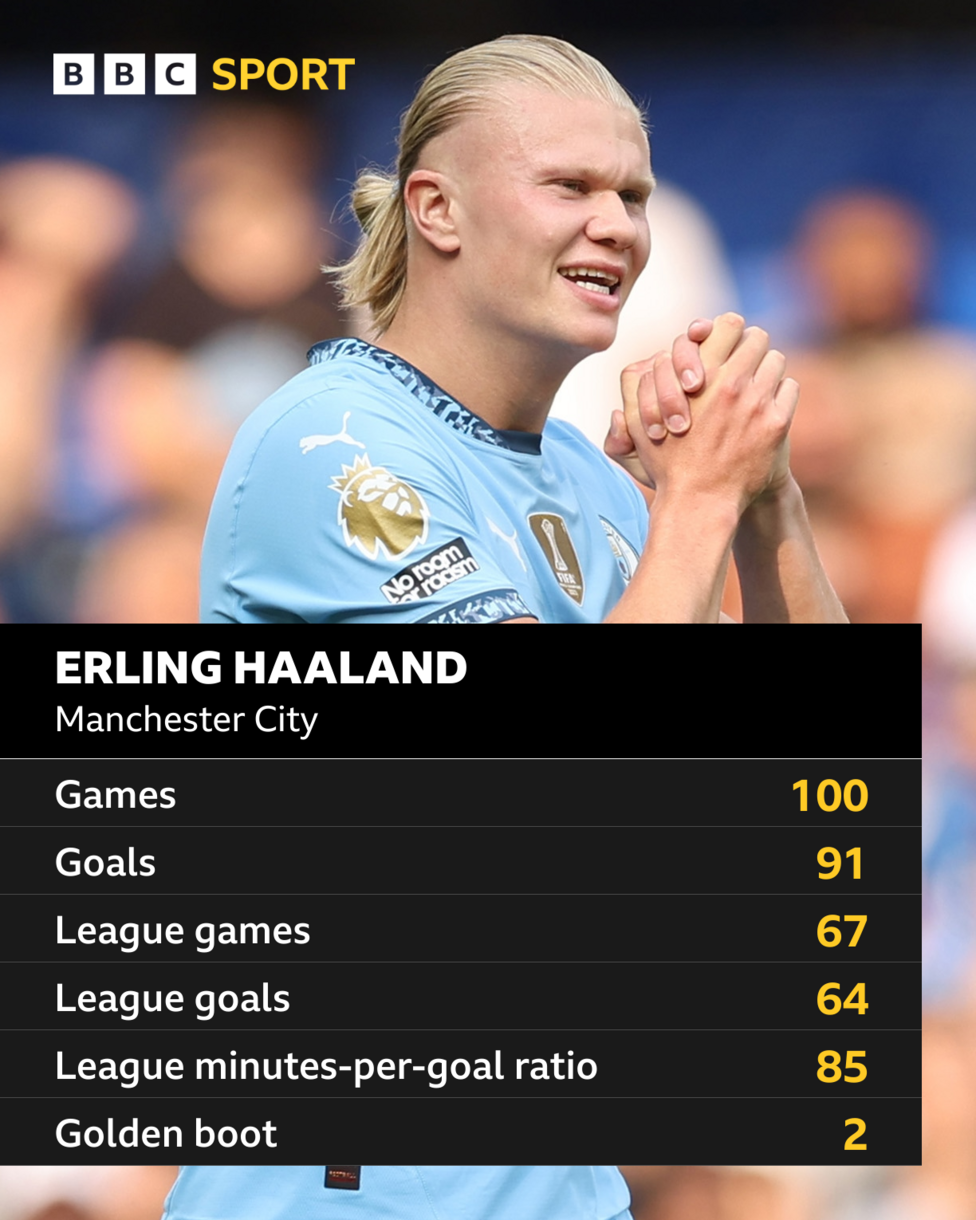
From Data to Dialogue: How to Start a Football Stats Podcast
In the electrifying world of football, passion runs deeper than mere fandom. It’s an intricate dance of strategy, skill, and, increasingly, data. While traditional football commentary often thrives on opinion and raw emotion, there’s a growing appetite among fans for something more analytical, more precise: insights driven by statistics. This burgeoning interest has paved the way for a unique niche in the podcasting landscape – the football stats podcast.
If you possess a keen eye for numbers, a deep understanding of the beautiful game, and a desire to translate complex data into compelling narratives, starting your own football stats podcast could be your ultimate goal. This comprehensive guide will walk you through every step, from conceptualization to distribution, ensuring your voice – and your data – resonates with a global audience.
1. Defining Your Niche: Beyond Just Numbers
Before you hit record, clarity is paramount. "Football stats podcast" is broad. To stand out, you need to narrow your focus:
- League Specificity: Will you cover the Premier League, La Liga, Serie A, MLS, or a combination? Focusing on one or two leagues can establish you as an expert in that domain.
- Tactical Focus: Will you delve into advanced metrics like xG (Expected Goals), xA (Expected Assists), progressive passes, pressing intensity, or defensive actions? Or perhaps focus on player performance metrics, team shape analysis, or even historical data comparisons?
- Audience: Who are you talking to? Fantasy football enthusiasts, serious bettors, aspiring coaches, or just hardcore fans who want a deeper understanding? Tailor your language and depth of analysis accordingly.
- Format: Will it be a solo endeavor, a dynamic duo discussing stats, or will you invite guests – perhaps data analysts, journalists, or even former players?
- Podcast Name: Choose something memorable, descriptive, and engaging. Think about incorporating keywords related to stats, data, or analytics to improve discoverability. Examples: "The xG Factor," "Stat Attack Football," "Deep Dive Data," "The Analytical XI."
By answering these questions, you’ll craft a unique identity for your podcast, attracting the right listeners and providing a clear value proposition.
2. The Data Goldmine: Sourcing and Interpreting Statistics
This is the heart of your podcast. Your insights are only as good as your data.
- Reliable Data Sources:
- Official League Websites: Often provide basic match stats (shots, possession, fouls).
- Opta / Stats Perform: The industry standard for professional sports data. While direct access can be costly, many sports news sites and analytical platforms license their data.
- FBref.com: An incredible, free resource providing a vast array of advanced player and team statistics from various leagues, powered by StatsBomb. Essential for any stats podcaster.
- Understat.com / xG Philosophy: Great for expected goals (xG) data and visualizations.
- WhoScored.com: Provides detailed player ratings, heatmaps, and various statistics.
- Transfermarkt.com: Excellent for player valuations, transfer history, and biographical data.
- Wyscout / InStat: Professional scouting platforms offering highly detailed video and data analysis. Often subscription-based and geared towards professionals, but some insights may be publicly discussed.
- Beyond the Numbers: Interpretation and Context: Simply rattling off statistics is boring. Your value comes from interpreting what those numbers mean.
- Context is King: A high xG doesn’t automatically mean a team played well; it might mean they had many low-quality shots. A player with few tackles might be excellent at positioning.
- Storytelling: Weave your data into compelling narratives. Instead of saying "Team A had 2.5 xG," say "Despite creating 2.5 xG, Team A struggled to convert their chances, a recurring theme that suggests issues with their finishing or shot selection."
- Visual Aids (for promotion): While audio, you can create infographics, charts, or tables from your data to share on social media, teasing your episode’s content.
- Preparation is Key: Before each episode, dedicate significant time to data collection, analysis, and outlining your talking points. Know your numbers inside out, but also be prepared to discuss the "why" behind them.
3. Essential Gear: Your Audio Arsenal
Quality audio is non-negotiable. Poor sound can quickly deter listeners, regardless of how insightful your content.
- Microphone:
- USB Microphones (e.g., Blue Yeti, Rode NT-USB Mini): Affordable, plug-and-play, great for beginners.
- XLR Microphones (e.g., Shure SM58, Rode Procaster, Audio-Technica AT2020): Offer superior sound quality and durability. Require an audio interface.
- Recommendation: Start with a good USB mic. If you get serious, upgrade to XLR.
- Audio Interface (for XLR Mics): A device (e.g., Focusrite Scarlett 2i2) that converts the analog signal from an XLR mic into a digital signal your computer can understand. Also provides phantom power for condenser mics.
- Headphones: Essential for monitoring your audio and hearing your co-host/guests clearly. Closed-back over-ear headphones are best to prevent audio bleed.
- Pop Filter: A mesh screen that goes in front of your microphone to reduce harsh "p" and "b" sounds (plosives).
- Mic Stand: A desk stand or boom arm to position your microphone optimally.
- Recording Environment: Minimize echo and background noise. Record in a quiet room, perhaps with soft furnishings, blankets, or even a duvet to absorb sound.
4. Software and Production Workflow
- Digital Audio Workstation (DAW): This is where you record and edit.
- Free Options: Audacity (cross-platform), GarageBand (Mac).
- Paid Options: Adobe Audition, Reaper, Logic Pro X (Mac). These offer more advanced features.
- Remote Recording Software (if applicable): If you have co-hosts or guests in different locations.
- Riverside.fm / SquadCast: Record high-quality separate audio tracks for each participant, making editing much easier.
- Zoom / Google Meet: Can be used, but audio quality is often compressed and less ideal for professional podcasts.
- Editing Process:
- Import Audio: Bring all your recorded tracks into your DAW.
- Noise Reduction: Remove any unwanted background hum or static.
- Silence Removal: Cut out long pauses, "ums," "ahs," and stutters.
- Leveling: Adjust volume levels so everyone sounds consistent.
- Compression & EQ: Improve overall sound clarity and presence.
- Add Intro/Outro Music & SFX: Source royalty-free music from sites like Epidemic Sound or Artlist.
- Mastering: Final polish to optimize the audio for various listening platforms.
- Export: Export as an MP3 file (128 kbps stereo is a common standard).
- ID3 Tags: Before uploading, ensure your MP3 file has proper ID3 tags (title, artist, album art, episode description). This helps with organization and discoverability.
5. Hosting and Distribution: Getting Your Podcast Out There
Once your episode is polished, you need a home for it and a way for listeners to find it.
- Podcast Host: A hosting service stores your audio files and generates an RSS feed, which is how podcast directories find your show.
- Popular Options: Libsyn, Buzzsprout, Anchor (now Spotify for Podcasters – free but with limitations), Transistor.fm, Podbean.
- Considerations: Storage limits, bandwidth, analytics, pricing, ease of use.
- Submitting to Directories: Once you have your RSS feed from your host, submit your podcast to major directories:
- Apple Podcasts (essential)
- Spotify (essential)
- Google Podcasts
- Amazon Music / Audible
- Stitcher
- Overcast
- Pocket Casts
- YouTube (consider converting episodes to video with static images/visuals)
- Consistency: The golden rule of podcasting. Aim for a regular release schedule (weekly, bi-weekly) to build listener habits.
6. Promotion and Growth: Building Your Community
Having great content isn’t enough; people need to know it exists.
- Social Media:
- Platforms: Twitter (for real-time football discussions), Instagram (for visual stats snippets, episode teasers), Facebook, Reddit (relevant subreddits like r/soccer or specific team/league subs).
- Content: Share audio snippets, quote cards, data visualizations, behind-the-scenes content, and interact with other football accounts.
- Hashtags: Use relevant and popular football hashtags (#football, #[LeagueName], #[TeamName], #stats, #analytics).
- Website/Blog: Create a simple website or blog where you can embed episodes, share show notes, expand on data points, and build an email list.
- SEO (Search Engine Optimization): Use relevant keywords in your podcast title, episode titles, and descriptions. Think about what listeners might search for.
- Guesting & Cross-Promotion:
- Offer to be a guest on other football podcasts.
- Collaborate with other podcasters or content creators in the football analytics space.
- Engage with Your Audience:
- Ask for listener questions on social media and answer them on the show.
- Run polls and surveys.
- Encourage reviews and ratings on podcast platforms – these boost visibility.
- Create a dedicated community (e.g., Discord server, Facebook group).
7. Monetization (Optional)
Once you’ve built a consistent audience, you might consider monetization:
- Sponsorships/Ads: Work with brands relevant to your audience (e.g., sports betting sites, sports apparel, data providers).
- Patreon/Listener Support: Offer exclusive content (bonus episodes, deeper dives, Q&As) to supporters.
- Merchandise: Design branded t-shirts, mugs, or other items.
- Affiliate Marketing: Promote products or services you genuinely use and believe in, earning a commission on sales.
8. Sustainability and Evolution
- Listen to Feedback: Pay attention to listener comments and reviews. Are there topics they want more of? Areas where you could improve?
- Stay Current: The world of football data is constantly evolving. New metrics emerge, and tactical trends shift. Stay abreast of these changes to keep your content fresh and relevant.
- Don’t Burn Out: Podcasting is a marathon, not a sprint. Maintain a healthy work-life balance. It’s better to produce consistent, high-quality episodes than to churn out rushed content.
Conclusion
Starting a football stats podcast is an exciting venture that combines your passion for the game with a growing demand for data-driven insights. It requires dedication, a commitment to accuracy, and a knack for storytelling. By meticulously planning your content, investing in quality audio, strategically distributing your episodes, and actively engaging with your audience, you can transform complex statistics into captivating conversations that resonate with football fans worldwide. So, arm yourself with data, grab your microphone, and prepare to bring a new level of analytical depth to the beautiful game. The pitch is yours!



